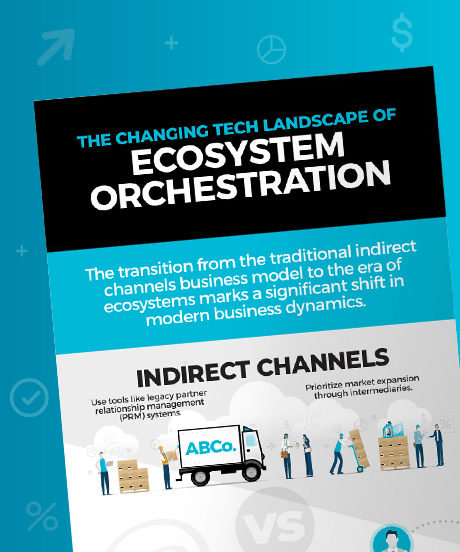Partner Tiers refer to structured levels within a partnership program that classify partners based on criteria such as performance, revenue contribution, or engagement. These tiers often offer varying benefits, resources, or incentives depending on the partner’s rank or level.
This involves:
- Defining performance metrics
- Measuring and categorizing partner contributions
- Offering tier-specific benefits
In practice, businesses use partner tiers to encourage higher performance, build stronger collaboration, and strategically allocate support and resources. For example, top-tier partners may receive exclusive training, additional marketing funds, or priority service to maximize their impact.
Partner tiers are essential because they drive mutual success by recognizing and rewarding high-performing partners. This fosters loyalty, aligns goals between the business and its partners, and contributes to scalable growth by incentivizing partners to achieve greater results.
Centralize Ecosystems to Adapt to Market Trends

Infographic
The Changing Tech Landscape of Ecosystem Orchestration
The transition from the traditional indirect channels business model to the era of ecosystems marks a significant shift in modern business dynamics.
The new world of Ecosystem Orchestration fosters innovative, seamless collaboration and flexibility.
See the contrasts of Ecosystem Orchestration with the constrictions of traditional PRM and the impact of this implementation on your business.
